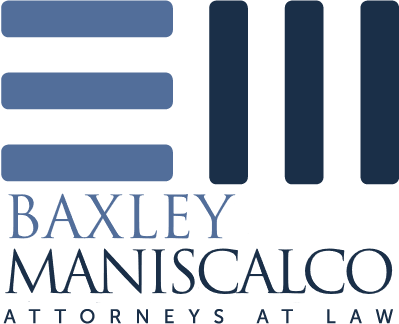A cherished diamond ring sparks a decades-long family rift. A beloved art collection divides siblings who haven't spoken in years.
These scenarios play out in countless families when personal property distribution goes wrong.
While financial assets often have clear monetary value, it's the personal belongings—from grandmother's recipe box to dad's vintage watch collection—that frequently trigger the most emotional and complex disputes in estate planning.
Understanding Personal Property Distribution
Personal property encompasses everything you own beyond real estate and financial accounts.
From jewelry and artwork to furniture and family keepsakes, these items often carry both monetary and sentimental value that can complicate distribution decisions.
Types of Personal Property in Estate Planning
The following items represent common categories of personal property that require careful consideration in estate planning:
- Tangible personal property (furniture, jewelry, artwork);
- Family heirlooms and keepsakes;
- Collections (coins, stamps, antiques);
- Vehicles and recreational equipment;
- Household items and appliances;
- Digital assets and online accounts; and
- Pets and related care items.
Understanding these categories helps ensure comprehensive coverage in your estate plan and prevents overlooking valuable or meaningful items.
Methods for Distribution
Creating an effective distribution strategy requires careful consideration of various approaches.
Here are proven methods for allocating personal property:
- Specific bequests in your will;
- Separate personal property memorandum;
- Family distribution meetings;
- Drawing lots or rotation systems;
- Gift-giving during lifetime;
- Sale and division of proceeds; and
- Professional appraisal and equal division.
Each method offers distinct advantages, and many estate plans combine multiple approaches for optimal results. Consider family dynamics, property types, and potential tax implications when selecting distribution methods.
Legal Considerations
Understanding the legal framework helps ensure your distribution plan holds up under scrutiny. Here are essential legal aspects to consider:
- State laws governing personal property distribution;
- Requirements for valid personal property memorandums;
- Tax implications of different distribution methods;
- Documentation requirements for valuable items;
- Legal rights of surviving spouse;
- Probate court involvement; and
- Executor responsibilities.
Proper documentation and legal compliance protect your beneficiaries and prevent future disputes. Regular review and updates ensure continued alignment with changing laws and circumstances.
Common Challenges
Successfully distributing personal property requires addressing several potential obstacles. Here are the primary challenges to anticipate and address:
- Sentimental value conflicts;
- Fairness in distribution;
- Hidden or overlooked items;
- Changes in property value;
- Lost or damaged items;
- Digital asset access; and
- Family disagreements.
Early planning and clear communication help minimize these challenges. Consider implementing these preventive strategies:
- Document item histories and significance;
- Create detailed inventories with photographs;
- Establish clear decision-making processes;
- Include digital asset access instructions;
- Set expectations through family discussions;
- Update records regularly; and
- Consider professional mediation services.
By addressing these challenges proactively and implementing appropriate preventive measures, you can significantly reduce the likelihood of disputes and ensure a smoother distribution process for all involved.
Frequently Asked Questions
Understanding common concerns helps create a more effective distribution plan. Here are answers to the most pressing questions about personal property distribution:
How Do I Value Personal Property for Equal Distribution?
Professional appraisals, market research, and family consensus can establish fair values.
Consider both monetary and sentimental worth when making distributions. Regular updates to valuations ensure continued fairness as market conditions change.
What Happens to Personal Property Not Listed in the Will?
Unlisted property typically passes according to the will's residuary clause or state intestacy laws. Creating a comprehensive inventory prevents unintended omissions. Regular reviews help identify and include newly acquired items.
Can I Change My Personal Property Distributions Later?
Yes, most estate plans allow modifications through codicils or updated memorandums. Regular reviews ensure your plan remains current with changing circumstances. Consider scheduling annual reviews to assess needed updates.
How Do I Prevent Family Conflicts Over Personal Property?
Open communication, clear documentation, and fair distribution methods help avoid disputes. Consider family meetings to discuss expectations and preferences. Early planning and transparency reduce potential conflicts.
What Role Does the Executor Play in Property Distribution?
Executors inventory, protect, and distribute personal property according to your instructions. Choose someone organized and impartial to handle this responsibility. Consider naming alternate executors in case your primary choice becomes unavailable.
Secure Your Legacy Today
Don't leave your personal property distribution to chance. Our experienced estate planning attorneys will help you create a comprehensive plan that honors your wishes and preserves family harmony.
Schedule a consultation to discuss your personal property distribution needs. We'll help you develop a tailored estate plan that protects your legacy and provides peace of mind for you and your loved ones.


